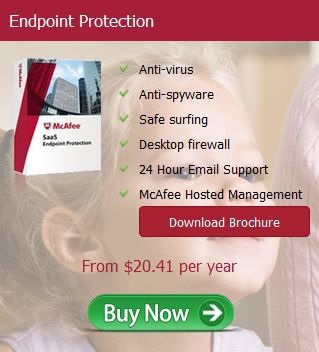Dynamic link library (DLL or .dll) is a set of small programs (files) that are called upon simultaneously by various executable programs in Windows to perform certain tasks like connecting to a device etc. Sometimes, these files get corrupted and hence need repairing. The below mentioned guide will help you register these files on your own. This essentially means that you don’t need to contact Microsoft technical support for help.
Before beginning with the procedure, you must know that names and path of the files that needs to be registered. If you didn’t know the names and/or path, you would not be able to register them.
• Click on the Start menu and navigate to Run or press the Windows and the R keys together on the keyboard.
• Type ‘regsvr32 C:\Windows\System32\Name.dll’ in the blank field (without quotes and as it is) and then click on the OK button. You must replace the location (path) as well as name of the file (Name.dll, here it should be the name of the file with .dll as the extension and not just Name).
• Once you are done typing and clicking on the OK button, you will see a dialog box showing that the file has been successfully registered. Click on the OK button to close the message window. If the program did not launch automatically, then open it manually.
• If you get an error message like the specified module or entry could not be found, then it indicates that you are either typing the location or file name wrong or the .dll file that you are trying to register is not compatible with your version of Windows. If none of these is the case, then try disabling the UAC (User Account Control) in Control Panel.
Additional Tips:
You may need admin privileges to run such command or tweak around with the registry.
You can also download and install Dependency Walker 2.2, an automatic tool for registering missing libraries or fix common problems. Download it from its official website (depencencywalker.com) and save the file to your desktop. Double click on its icon to open and install it using the wizard’s instructions. When the program is installed, run it to initialize the process. The program has been designed to support all the old and new versions of Windows.
Also here: How to Find Files Left Behind After a Software Uninstall













0 comments
Post a Comment